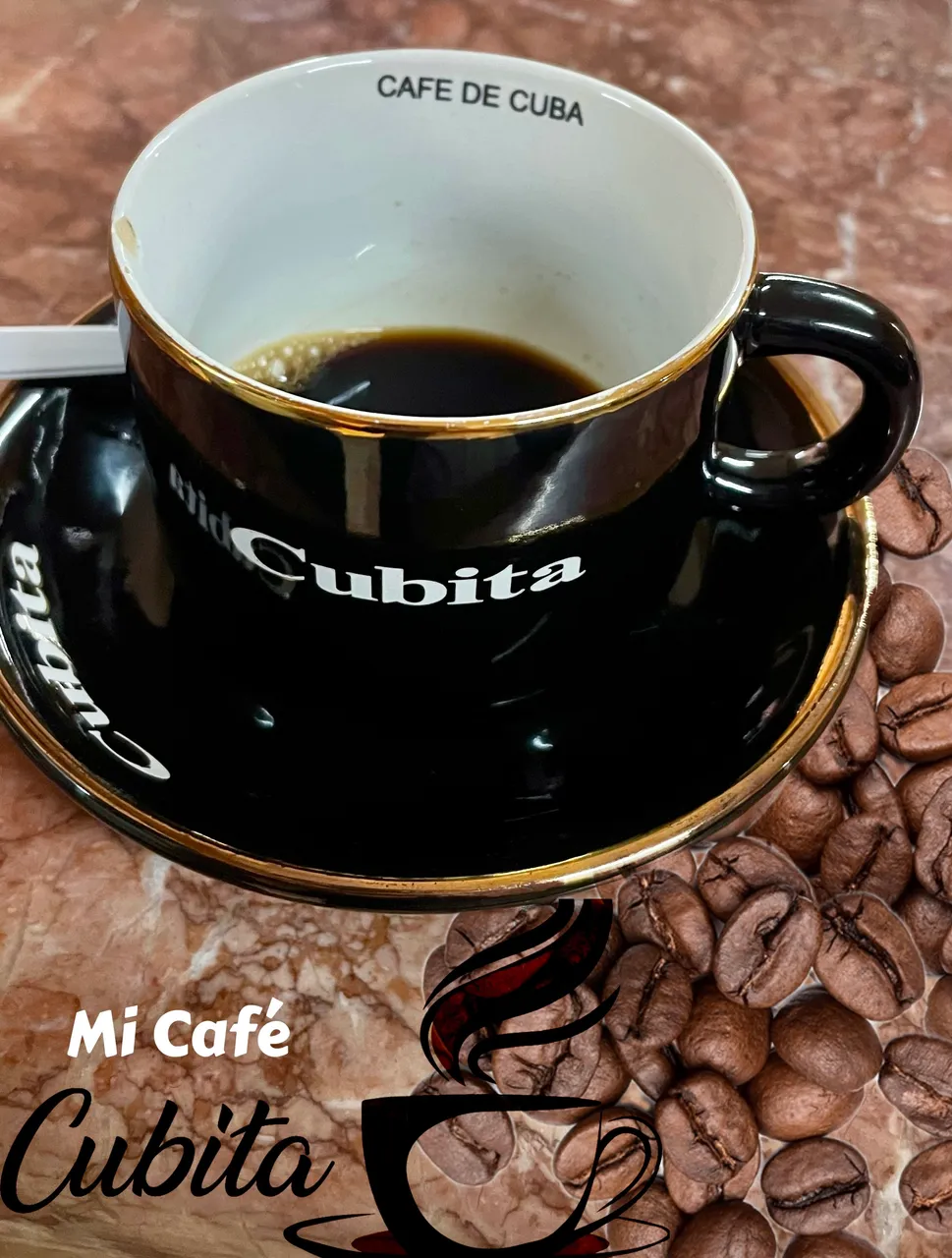
[EN]
Distributed both ground and grain, this coffee has great versatility, being used both in espresso machines and in filter coffee makers, although the preferred form of preparation by Cubans is through the use of the Italian coffee maker, this form of preparation has not changed since yesteryear, because it is a family tradition that awakens the spirit and feeling of cubania.
[EN]
The consumption of coffee in Cuba sees its origins in the 1762s with the arrival of the English in Havana, and with the opening of the first establishment selling freshly strained coffee in the Plaza Vieja, which would mark the culture of the country for life.
The Sierra Maestra would be the ideal place for the establishment of coffee plantations, since it had the perfect temperatures and humidity levels, which made coffee cultivation extremely effective. Although then they moved to other areas, such as the Escambray and the Sierra del Rosario.
[ES]
El consumo de café en Cuba ve sus orígenes en los años 1762 con la llegada de los ingleses a la Habana, y con la apertura del primer establecimiento de venta de café recién colado en la Plaza Vieja, el cual marcaría de por vida la cultura del país.
La Sierra Maestra, seria el lugar idóneo para el establecimiento de cafetales, ya que en ella se encontraban las temperaturas y niveles de humedad perfectos, los cuales hacían que el cultivo de café fuera extremadamente eficaz. Aunque luego se fueron desplazando hacia otras zonas, como el Escambray y la Sierra del Rosario.
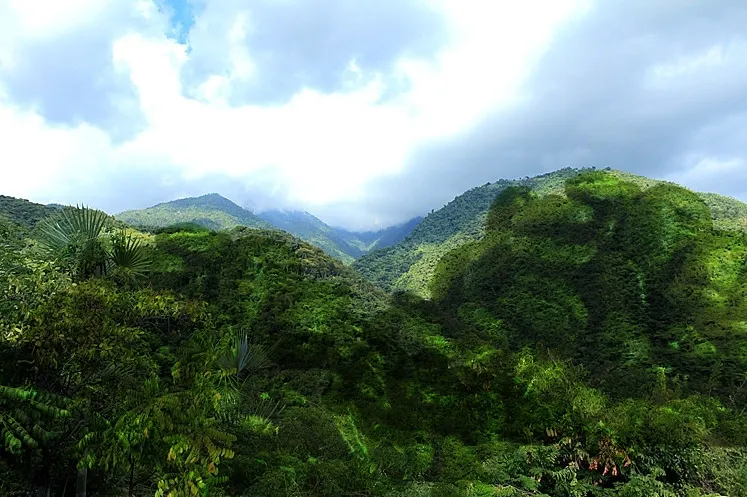
[EN]
In 1827 the country already had more than 2,000 coffee plantations, positioning it decades later as one of the main exporters of coffee worldwide. The most cultivated species is Arabica, and the one with the main use for the production of Cubita coffee, grown naturally and without the use of chemicals.
[ES]
En 1827 ya el país disponía de mas de 2 mil cafetales, posicionándolo décadas mas tarde en uno de los principales exportadores de café a nivel mundial. La especie mas cultivada es la arábiga, y la de principal uso para la elaboración de café Cubita, cultivado de forma natural y sin el uso químicos
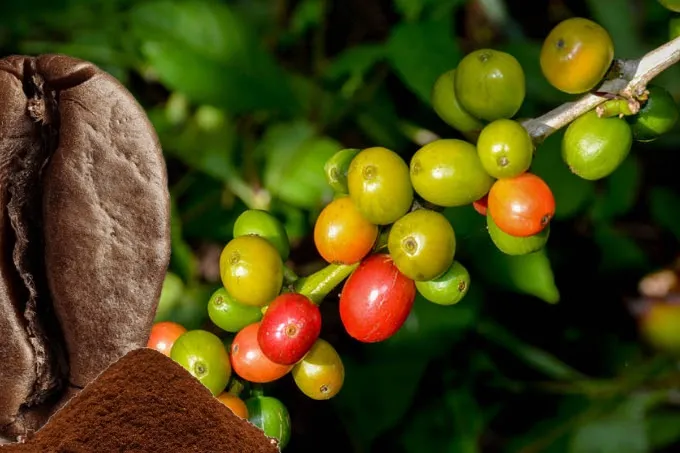
[EN]
With 100% Arabic grain, hand-grown and sun-dried, in the west of the Sierra Maestra, then transferred to Havana for roasting, Cubita coffee has an excellent fine and delicate aroma, with a balanced body, but with an intense and vigorous flavor. It has strong earthy tones characterized by its cleanliness and its smoky aroma and a roast with caramel veins, make this coffee the most popular in Cuba.
[ES]
Con un 100% de grano Arábico, cultivado a mano y secado al sol, en el oeste de la Sierra Maestra, luego trasladado hacia La Habana para su tueste, el café Cubita posee un excelente aroma fino y delicado, con un cuerpo balanceado, pero con un sabor intenso y vigoroso. Posee fuertes tonos terrosos caracterizados por su limpieza y su aroma ahumada y un tueste con vetas de caramelo, hacen de este café el mas popular de Cuba
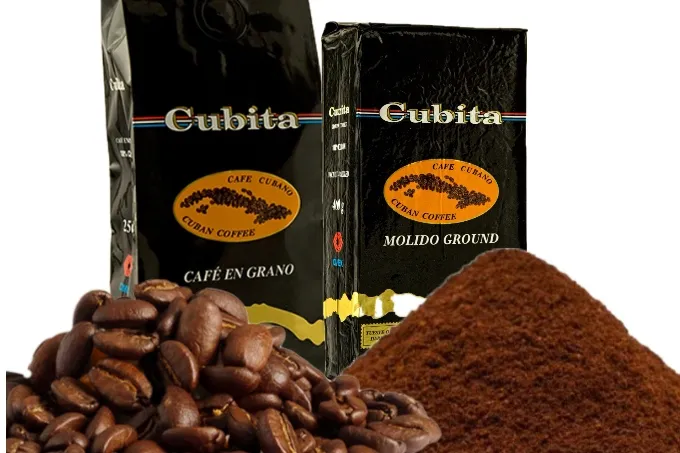
[ES]
Distribuido tanto molido como en grano, este café posee una gran versatilidad, siendo utilizado tanto en maquinas de expreso, como en cafeteras de filtro, aunque la forma de preparación preferida por los cubanos, es mediante la utilización de la cafetera italiana, esta forma de preparación no ha variado desde los tiempos de antaño, debido a que es una tradición familiar que despierta el espíritu y el sentimiento de cubania.
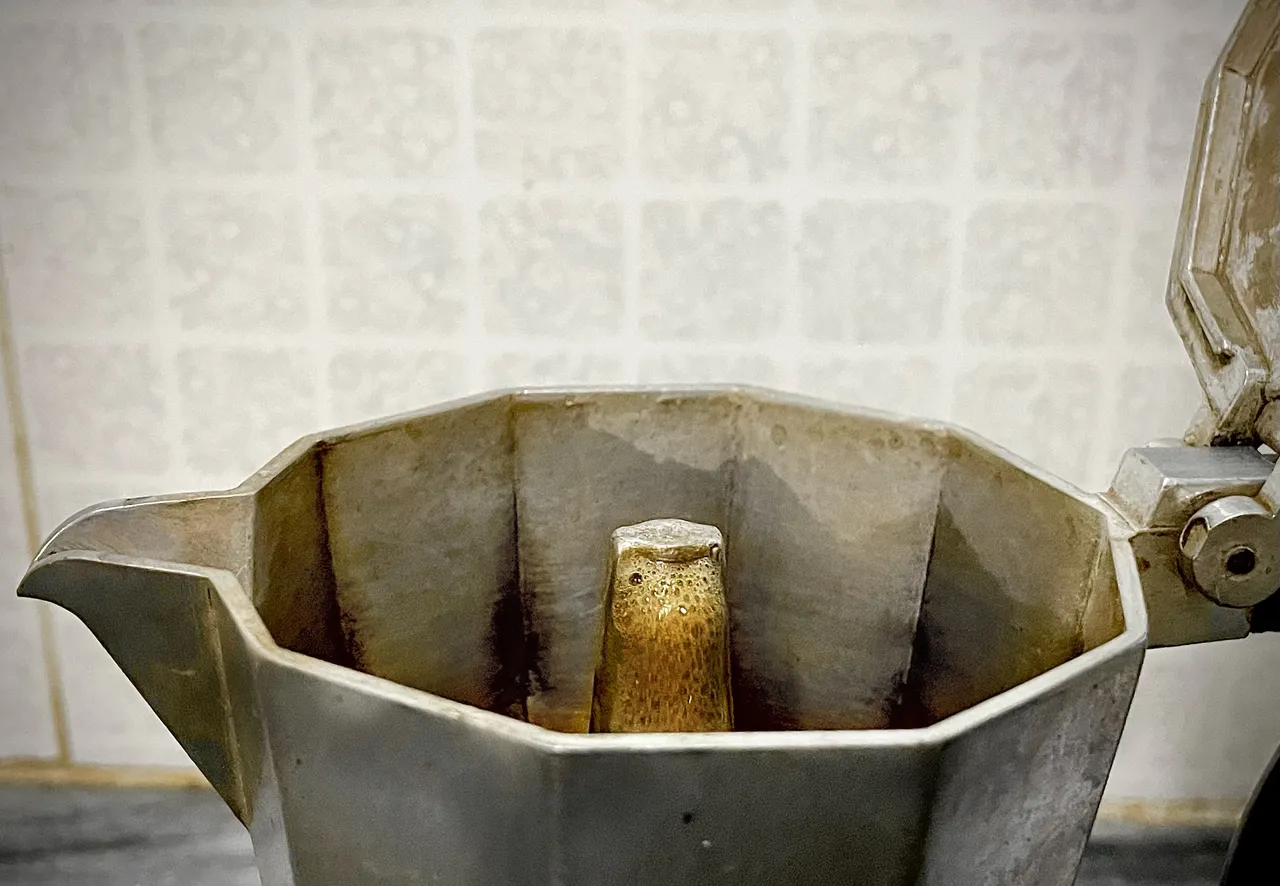
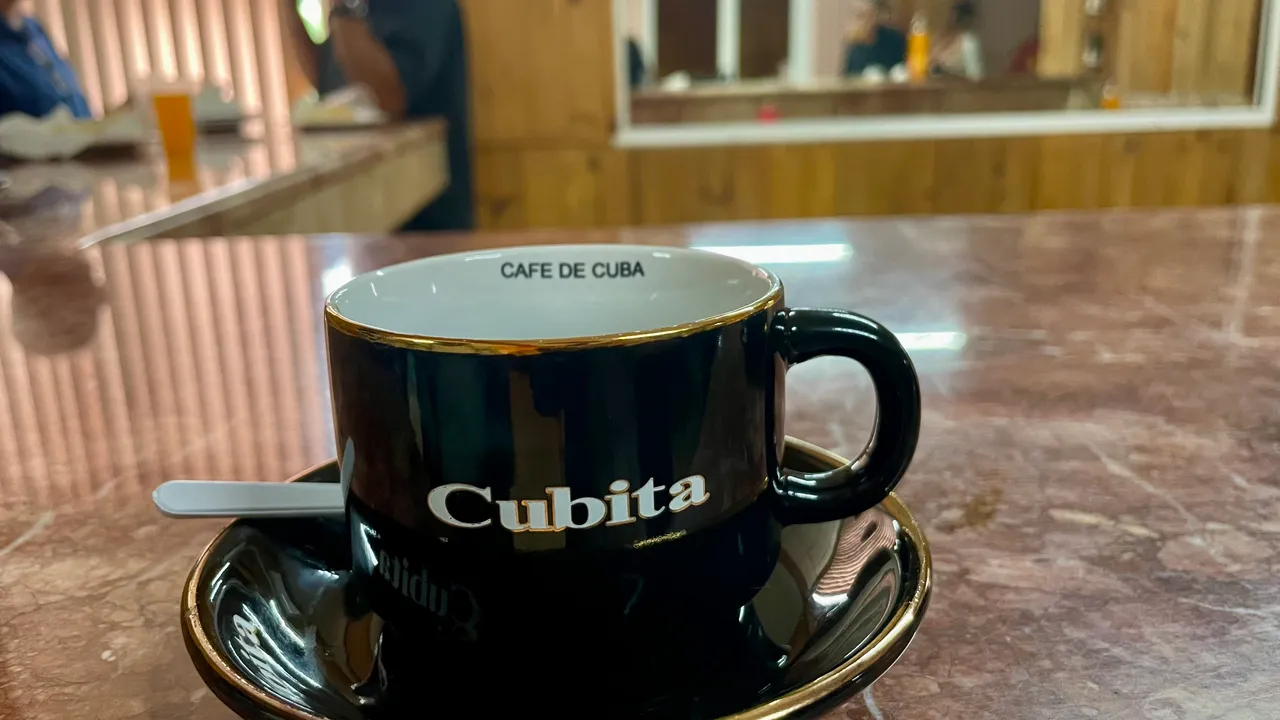
[EN]
This form gives a concentration and potency in the flavors of coffee, making its flavor more "strong, bitter and hot". As our apostle said, "Coffee is rich juice, soft fire, no flame and no burning... it cleanses the spirit of humanity; it illuminates the inner depths and sends them to fiery and precious concepts to the lips."
Well, and how do I sweeten my Cubita coffee, without losing those incredible flavors? Which sweetener is more suitable?... well, I'll tell you that in a future publication....
[ES]
Esta forma da una concentración y potencia en los sabores del café, haciendo que su sabor sea mas “fuerte, amargo y caliente”. Como decía nuestro apóstol “El café es jugo rico, fuego suave, sin llama y sin ardor…limpia de humanidad el espíritu; ilumina las profundidades interiores y las envía a fogosos y preciosos conceptos a los labios”.
Bueno, y como endulzo mi café Cubita, sin perder esos increíbles sabores? Que endulzante es mas adecuado?.... pues eso, eso te lo cuento en una próxima publicación….

